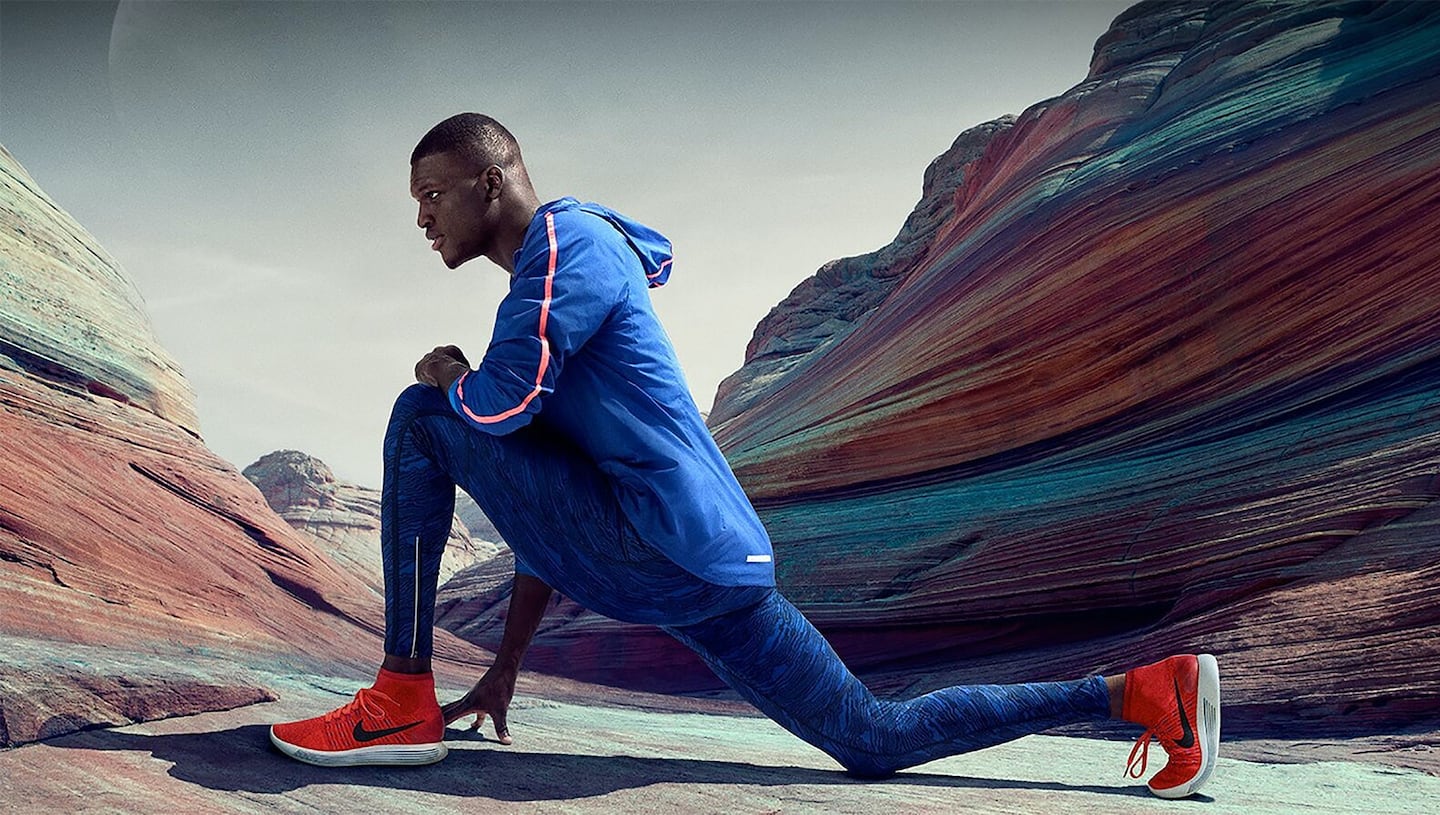
The Business of Fashion
Agenda-setting intelligence, analysis and advice for the global fashion community.

Agenda-setting intelligence, analysis and advice for the global fashion community.

HERZOGENAURACH, Germany — New uses for wool in sneakers such as Adidas AG's marquee Ultra Boost helped drive prices to a record. They'll only climb further this year, according to growers in the world's biggest producer.
Increased affluence in traditional markets such as China and growing demand for natural fibres in athleisure wear has coupled with limited supply to create a “perfect storm” for wool, according to Australian Wool Innovation Ltd., which represents 24,000 growers in the country that supplies about 90 percent of the world’s apparel wool.
"It can only go up, it can't go down," AWI Chief Executive Officer Stuart McCullough said Tuesday in an interview. Prices, which jumped 30 percent last year, are on track to reach A$20 ($15.92) a kilogram after hitting a record A$18.22 on Tuesday, he said.
“China is the perfect consumer of Australian wool — they have always been good manufacturers and they also now have the affluence to start buying wool” more for their own use, he said. The nation is the biggest consumer of Australian wool and accounts for about 78 percent of exports. Italy is the second-biggest buyer.
ADVERTISEMENT
Constrained supply and rising demand has wool in a sweet spot.
But it’s the U.S. where there is room for significant growth, according to McCullough. Per capita wool consumption in the U.S. is just 300 grams (11 ounces) a year — compared with about 1 kilogram in China, Europe and Canada, he said.
AWI is driving a campaign to boost use of the fiber in the U.S. with television ads planned for later this year. The campaign will target the so-called Gen Y, who have a greater interest in responsible sourcing and product life, and will focus on outdoor and leisurewear garments.
Lost Market
“It’s not a new market, it’s a lost market,” McCullough said. “We have to change the perception of wool in the U.S. They often think of it as itchy, scratchy — something your granny knitted you that doesn’t wash very well.”
Along with Adidas, Nike Inc. and Puma SE are using wool in sneakers and clothing as more consumers seek out natural fibres over synthetic. These brands “recognise that there is a generation coming through that wants to know where it comes from and where it is going to,” he said.
Prices will be underpinned by supply constraints with production in Australia mostly stable since around 2010. Exports are forecast to gain just 4 percent to 446,000 metric tons in 2017-18, with the value to increase 20 percent to A$4.3 billion on higher prices, according to the Australian Bureau of Agricultural and Resource Economics and Sciences.
“There is no easy way of getting substantial growth in the wool market,” McCullough said, citing infrastructure constraints for farmers. “We will see it tick along at 2 percent to 5 percent growth over the next significant period.”
By Rebecca Keenan; editors: Phoebe Sedgman and Andrew Hobbs.
From analysis of the global fashion and beauty industries to career and personal advice, BoF’s founder and CEO, Imran Amed, will be answering your questions on Sunday, February 18, 2024 during London Fashion Week.
The State of Fashion 2024 breaks down the 10 themes that will define the industry in the year ahead.
Imran Amed reviews the most important fashion stories of the year and shares his predictions on what this means for the industry in 2024.
After three days of inspiring talks, guests closed out BoF’s gathering for big thinkers with a black tie gala followed by an intimate performance from Rita Ora — guest starring Billy Porter.